Mastering chile spices starts with understanding heat levels, selecting the right type, and applying proper techniques to enhance your dishes without overpowering them. This guide provides step-by-step instructions for using chiles safely and effectively in cooking, from beginner-friendly options to advanced heat management.
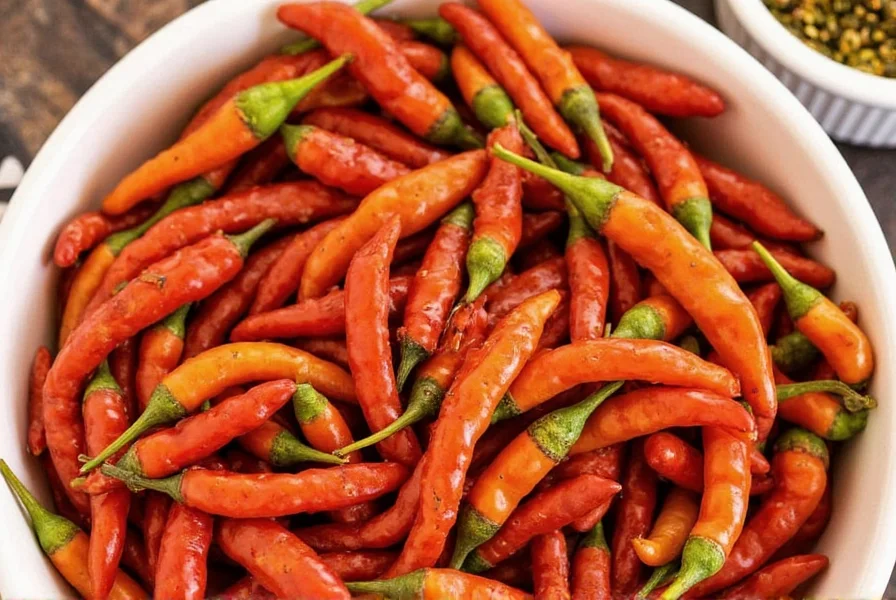
Table of Contents
- How to Choose the Right Chile for Your Dish
- Understanding Heat Levels: Scoville Scale Explained
- Chile Types and Flavor Profiles
- Step-by-Step Cooking Techniques
- Buying Guide: Selecting Quality Chile Products
- Safe Handling and Storage Practices
- Frequently Asked Questions About Chile Spices
How to Choose the Right Chile for Your Dish
Matching chiles to your dish requires understanding both heat level and flavor profile. Start with these key considerations:
- Heat tolerance: Beginners should start with mild chiles like Anaheim or Poblano (500-2,500 Scoville units)
- Dish type: Mexican dishes typically use Jalapeño or Chipotle; Asian cuisine often uses Thai Bird's Eye or Serrano
- Form factor: Fresh chiles for immediate use, dried for deeper flavor, powders for even distribution
| Chile Type | Scoville Units | Best For | Heat Level |
|---|---|---|---|
| Bell Pepper | 0 | Salads, sandwiches | Mild |
| Jalapeño | 2,500–8,000 | Salsas, nachos, tacos | Moderate |
| Habanero | 100,000–350,000 | Hot sauces, marinades | Very Hot |
| Carolina Reaper | 1,400,000–2,200,000 | Extreme challenges, specialty dishes | Extreme |
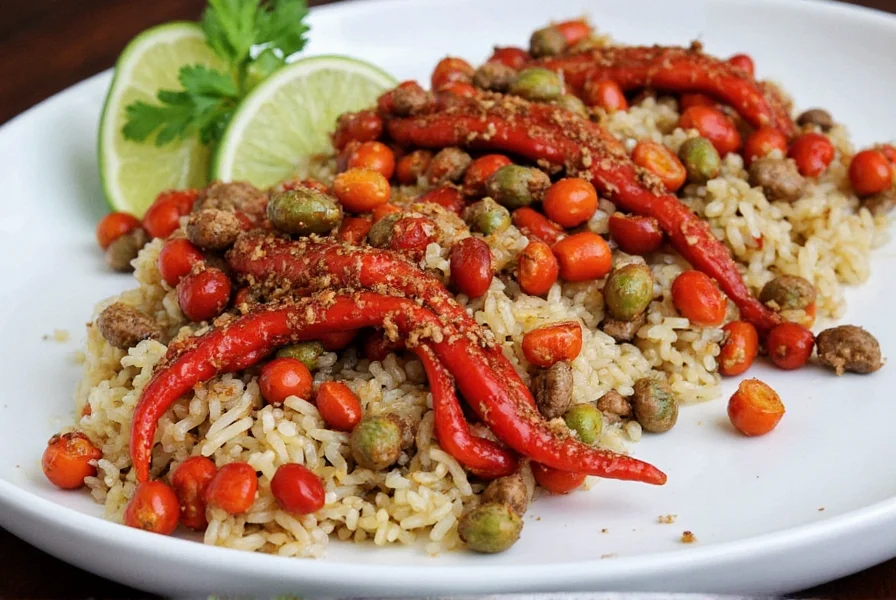
Understanding Heat Levels: Scoville Scale Explained
The Scoville scale measures capsaicin concentration, the compound responsible for chile heat. Modern testing uses HPLC for precise measurements, but traditional Scoville Organoleptic Test remains useful for general comparisons.
Key facts:
- Heat perception varies by individual due to genetics and exposure
- Heat is not linear—Habanero (100k-350k) is 10-20x hotter than Jalapeño (2.5k-8k)
- Most commercial hot sauces range from 1,000-50,000 Scoville units
| Heat Level | Scoville Range | Common Examples | Cooking Use |
|---|---|---|---|
| Mild | 0-2,500 | Bell Pepper, Poblano | Stuffed peppers, mild salsas |
| Moderate | 2,500-30,000 | Jalapeño, Serrano | Tacos, nachos, fresh salsas |
| Hot | 30,000-100,000 | Thai Bird's Eye, Cayenne | Curries, stir-fries, spice blends |
| Very Hot | 100,000-350,000 | Habanero, Scotch Bonnet | Hot sauces, marinades |
| Extreme | 500,000+ | Carolina Reaper, Ghost Pepper | Specialty challenges, minimal use |
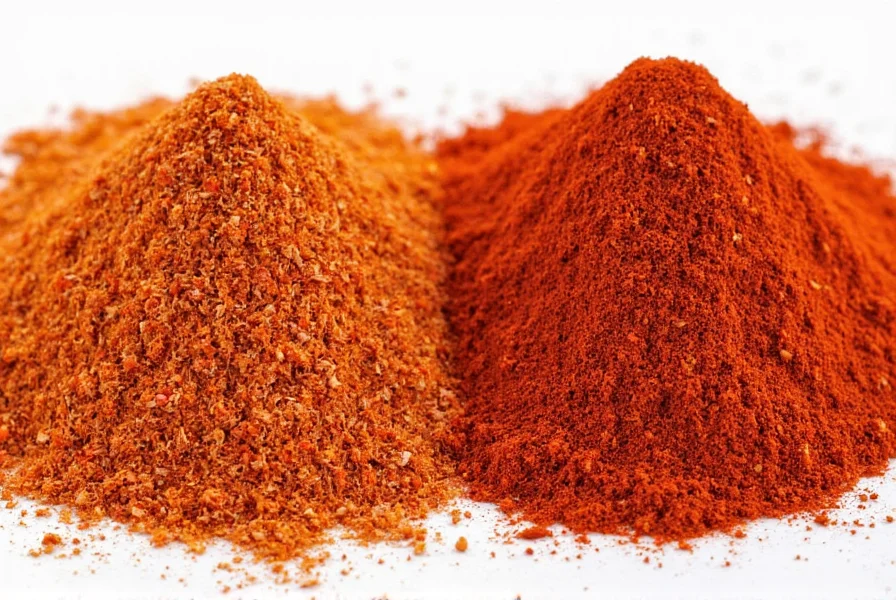
Chile Types and Flavor Profiles
Beyond heat, chiles contribute unique flavors that define regional cuisines. Understanding these nuances helps create balanced dishes:
- Ancho (dried Poblano): Sweet, raisin-like flavor; perfect for mole sauces and stews
- Guajillo: Tangy, berry-like notes; ideal for marinades and soups
- Chipotle (smoked Jalapeño): Smoky, earthy depth; essential for adobo sauces and barbecue rubs
- Habanero: Fruity, floral aroma with intense heat; best for tropical hot sauces
- Thai Bird's Eye: Sharp, clean heat; essential for Southeast Asian curries and stir-fries
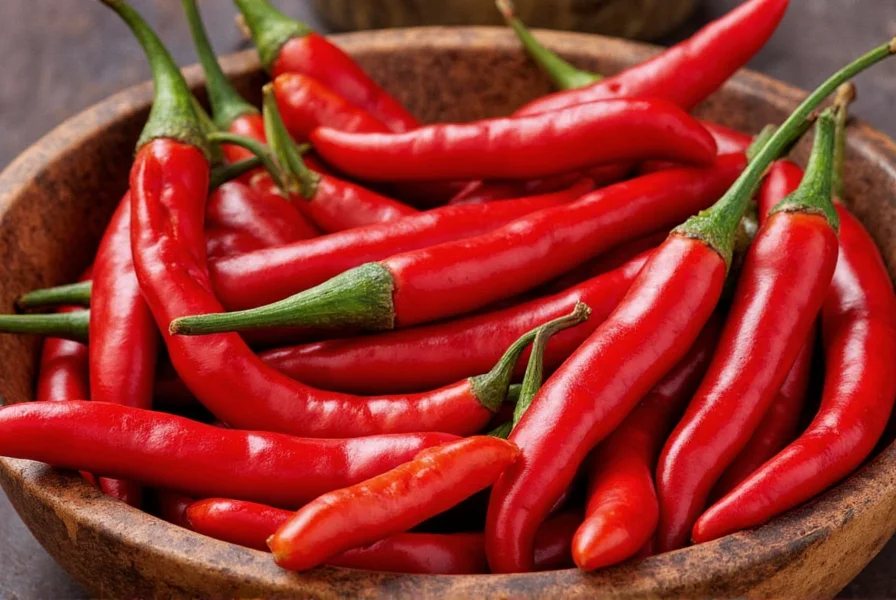
Step-by-Step Cooking Techniques
Proper preparation maximizes flavor while controlling heat:
- Preparation: Wear gloves when handling hot chiles; remove seeds and membranes for reduced heat
- Roasting: Char fresh chiles over open flame or under broiler to enhance sweetness and smokiness
- Timing: Add fresh chiles near end of cooking for bright heat; cook dried chiles early for deeper flavor
- Balancing: Counteract heat with dairy (yogurt, cheese), acid (lime, vinegar), or sweetness (honey, sugar)
- Infusing: Steep dried chiles in oil for 24 hours for controlled heat distribution
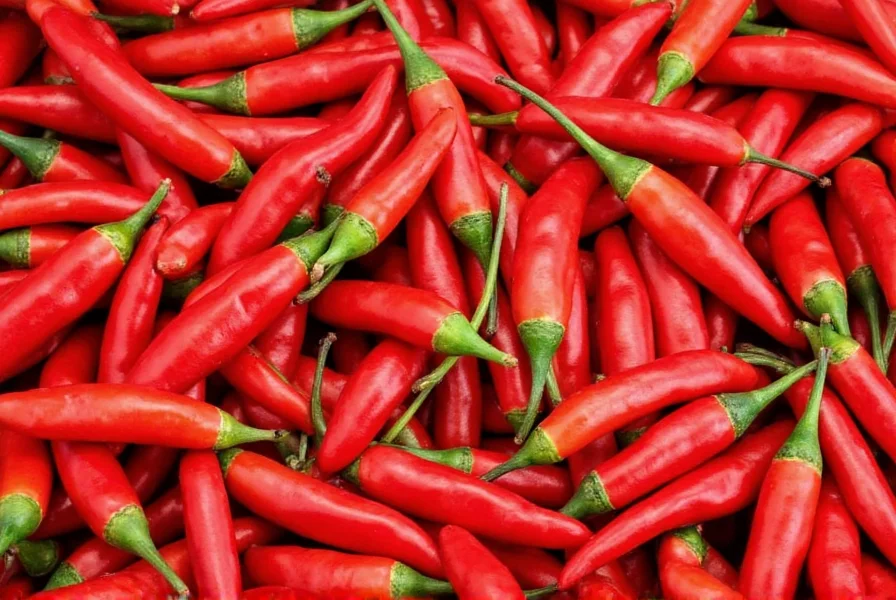
Buying Guide: Selecting Quality Chile Products
Choose products based on your cooking needs and quality indicators:
| Product | Form | Key Features | Best Use | Quality Check |
|---|---|---|---|---|
| La Costeña Chipotle Peppers | Whole in adobo | Smoky, medium heat | Tacos, sauces, marinades | Check for plump peppers without mold |
| MexGrocer Dried Guajillo | Dried whole | Fruity, medium heat | Mole, soups, sauces | Look for deep red color and flexibility |
| McCormick Crushed Red Pepper | Dried flakes | Consistent heat | Pizza, pasta, marinara | Check for uniform size and no stems |
| Trinidad Moruga Scorpion Powder | Ground powder | Extreme heat with fruit notes | Hot sauces, rubs, challenges | Verify packaging is sealed and labeled with Scoville rating |
| Hatch Green Chile Pack | Canned whole | Vegetal, mild-medium heat | Enchiladas, rellenos, dips | Check for "Hatch" origin and harvest year |
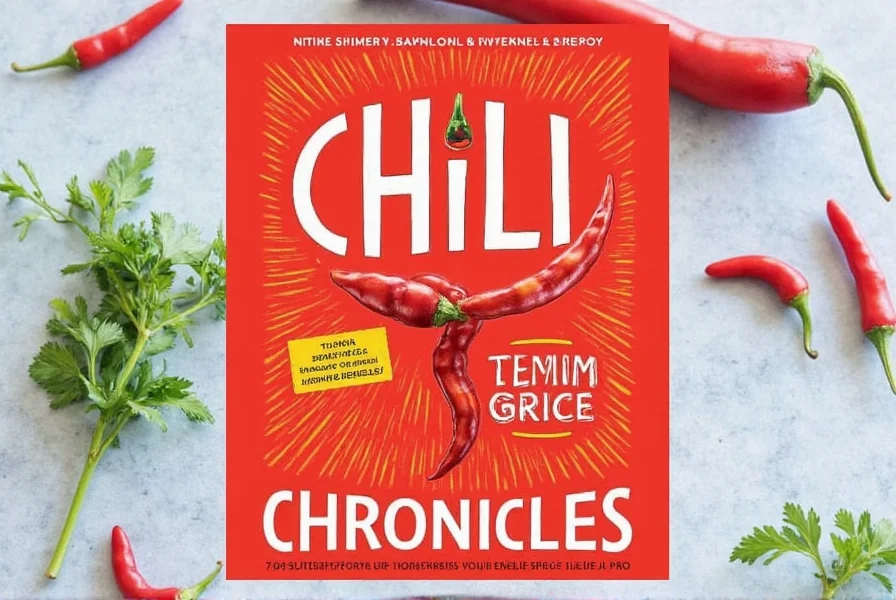
Safe Handling and Storage Practices
Proper storage preserves flavor and prevents accidents:
- Fresh chiles: Refrigerate in paper bag for 1-2 weeks; avoid plastic containers that trap moisture
- Dried chiles: Store in airtight container away from light for up to 1 year; freeze for extended storage
- Chile powders: Keep in cool, dark place; discard if clumping or color fades
- Hot sauces: Refrigerate after opening; check for mold on bottle neck
- Safety: Always wash hands with soap after handling; never touch eyes or face
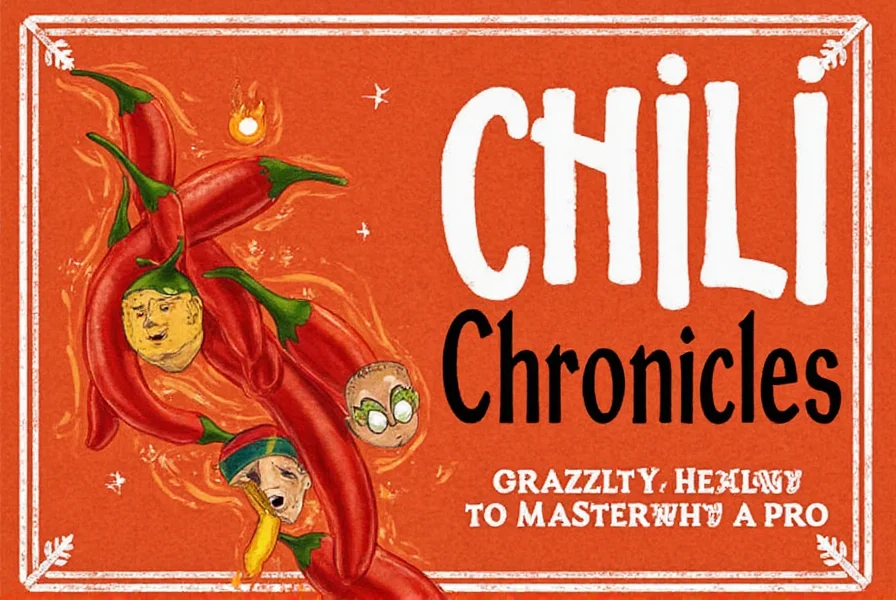
Frequently Asked Questions About Chile Spices
Q: How do I reduce heat in an overly spicy dish?
A: Dairy products like yogurt or milk neutralize capsaicin through casein proteins. Add starchy ingredients (rice, potatoes) to absorb heat, or balance with acid (lime juice) and sweetness (honey). Never use water—it spreads capsaicin.
Q: What's the difference between "chile" and "chili"?
A: "Chile" (pronounced "chilly") refers to the pepper itself. "Chili" (with "i") typically describes dishes like chili con carne or the powdered spice blend. Culinary professionals use "chile" for peppers and "chili" for dishes.
Q: Can eating too many chiles be dangerous?
A: While extreme heat causes discomfort, it's rarely dangerous. The body naturally limits consumption through sweating and nausea. However, people with gastrointestinal conditions should consult a doctor. The real risk comes from improper handling—always wear gloves with super-hot chiles.
Q: How can I build tolerance to spicy foods?
A: Start with mild chiles (Jalapeño) and gradually increase heat. Consistent exposure over weeks builds tolerance. Pair spicy foods with dairy to moderate effects. Never force consumption beyond comfort level.
Q: Are there health benefits to eating chiles?
A: Yes! Chiles are rich in vitamin C (more than oranges), vitamin A, and antioxidants. Capsaicin may boost metabolism, reduce inflammation, and improve circulation. Studies show regular consumption correlates with lower mortality rates.
Q: What's the best way to handle extremely hot chiles?
A: Wear nitrile gloves when handling super-hot chiles. Work in well-ventilated areas. Avoid touching face or eyes. After preparation, clean surfaces with soap and vinegar. If skin contact occurs, use milk or oil to remove capsaicin—water spreads it.
Conclusion
Chile spices transform ordinary dishes into extraordinary experiences when used correctly. By understanding heat levels, flavor profiles, and proper techniques, you can confidently incorporate chiles into any cuisine. Remember: start small, taste often, and respect the heat. Happy cooking!

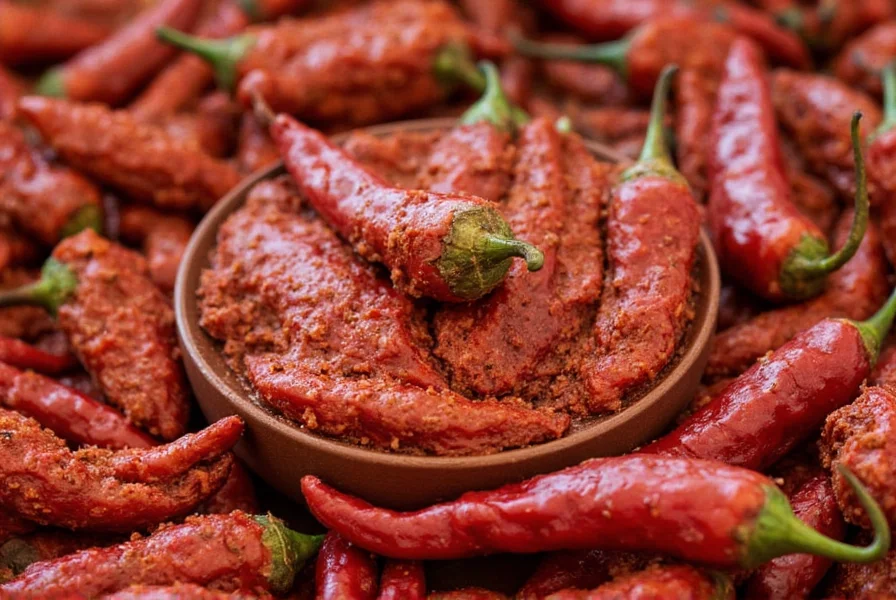









 浙公网安备
33010002000092号
浙公网安备
33010002000092号 浙B2-20120091-4
浙B2-20120091-4